How to increase the heat transfer of a battery: increase the temperature during the heating season
Winter cold often makes us think about how to increase the heat transfer of the battery. This problem is especially acute in old houses, where with each heating season the batteries supply less and less thermal energy to the apartments. Let's figure out how to increase the efficiency of your heating system in simple ways. We will also try to give an objective assessment of the effectiveness of each method.
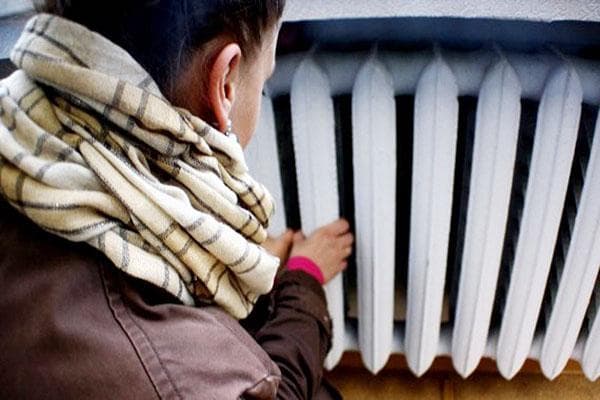
Why does the radiator start to heat worse?
There may be several reasons why the batteries began to heat worse. The three most common of them are:
- Scale. Calcium carbonate salts contained in hard water gradually turn into insoluble deposits when heated. Scale can accumulate in the risers of the heating system, the internal chambers of the radiator, and the heat exchange element of the boiler.
- Air. Air bubbles that enter or form in the system will interfere with the normal flow of coolant.
- For city apartments, another reason is reduction in heating degree coolant supplied from the city heating plant.
Over two decades, any radiator becomes so clogged that its use becomes unjustified. If your home has batteries installed back in Soviet times, we strongly recommend that you consider replacing them.
Residents of old houses often face a situation where batteries cannot provide effective heating of living spaces during the heating season.The cold in a city apartment or private house forces us to look for ways to increase the efficiency of batteries.
Solving the problem of reduced heating efficiency
Of course, by replacing an old cast-iron battery with a modern bimetallic product, you can guarantee a comfortable temperature in the house. However, such a solution is not always feasible: there may simply not be enough available funds to replace radiators or there may be no opportunity to drain the water from the system before the end of the season. In this case, simple solutions to the problem, invented by folk craftsmen, will help.
First solution: glue a screen to the wall
The idea is simple: a layer of aluminum foil on a foamed polymer backing is glued to the wall. The polished metal surface will direct the heat emitted by the battery from the wall into the room. The polymer substrate will not allow the heated foil to heat the street, heating the wall. In implementation, the idea is just as simple: a sheet of foil foam is glued to liquid nails on the wall under the radiator.
Despite its apparent simplicity and profitability, the idea has several weaknesses:
- Not all of the thermal energy produced by the radiator is radiated (and therefore reflected by the screen). Most of the heat is transferred by convection (mixing of warm and cold air masses). The screen will not help save the energy of convective currents.
- The screen area is small. Therefore, you should not expect a temperature increase of more than 2°C.
- In some cases (for example, if the battery is hidden in a niche and covered in front with a decorative shield), the radiation efficiency is minimal.
In general, the following estimates are obtained:
Second solution: paint the battery correctly
This idea is based on physical laws: dark bodies absorb and radiate heat more efficiently than light ones. Experts say that the efficiency of a radiator painted bronze or brown is approximately 1/5 higher than that of a white product.
However, it is important to paint correctly:
- Before painting the battery, it is necessary to thoroughly remove layers of old paint.
- For painting it is necessary to use enamel with a high coefficient of thermal permeability.
- You will have to paint it in the summer.
It is worth noting that dark batteries will not fit into any interior.
Here's what we can say about this method:
Third solution: help convection
Another option is to stimulate convection using small fans. By placing several coolers under the battery (like those used to cool computers or in ventilation units), you can force the air masses to rise faster from the heat exchange planes, which means carrying more heat into the room.
However, this solution is not without certain disadvantages:
- Coolers will need electricity to operate. Of course, it will be spent much less than when operating fan heaters (after all, the main energy consumption in such structures comes from heating elements), but this method cannot be called particularly economical.
- Fans may make noticeable noise during operation.During the day it will be comfortable to be in a room with such an installation, but in the silence of the night the sound will be more distinct.
- The cooler will not help if the battery is hidden behind decorative shields, hidden in a niche under the windowsill, or blocked by massive objects.
- The appearance of a homemade ventilation system is not very attractive.
Here's what we can say about the effectiveness of this solution:
Fourth solution: connect the radiator correctly
Most often, in city apartments, batteries are connected by placing the input and output pipes on the same side. With this solution, it is easy to complete the piping, but if the radiator is clogged with scale, the sections farthest from the entry point will not work at full capacity. Radiators connected horizontally (no matter from above or below) have a similar drawback: the coolant washes all sections, but may not pass into the part of each chamber farthest from the entrance.
Diagonal piping helps to achieve the most efficient operation of the radiator. According to this scheme, the inlet pipe is connected to the upper inlet, and the outlet pipe is connected to the lower outlet located on the opposite side. If it is not possible to make a piping, you can use special jumpers that will force the coolant to be correctly distributed throughout the radiator.
Here's what we can say about the effectiveness of this solution:
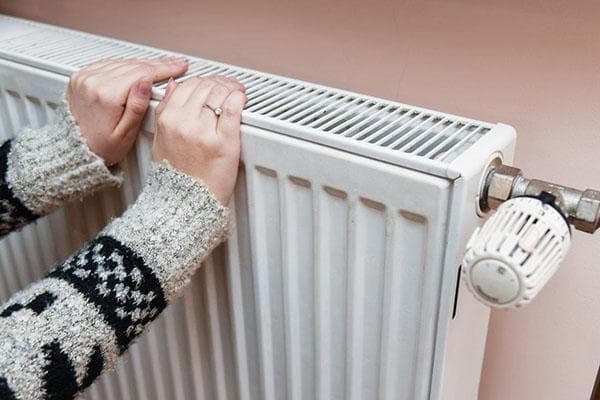
By combining the methods described above, you can significantly increase the efficiency of your heating system, ensuring a comfortable temperature in your home. It's worth the trouble for a result like this, isn't it?
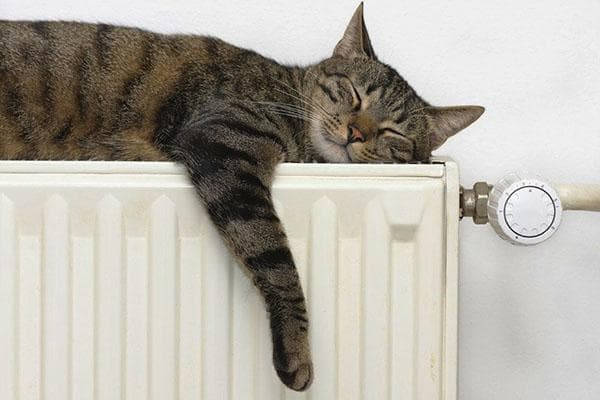
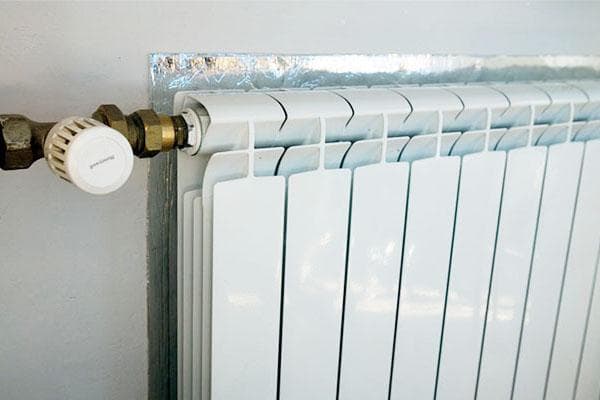
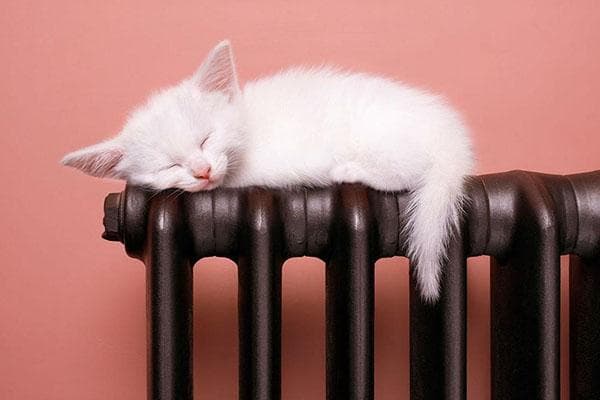
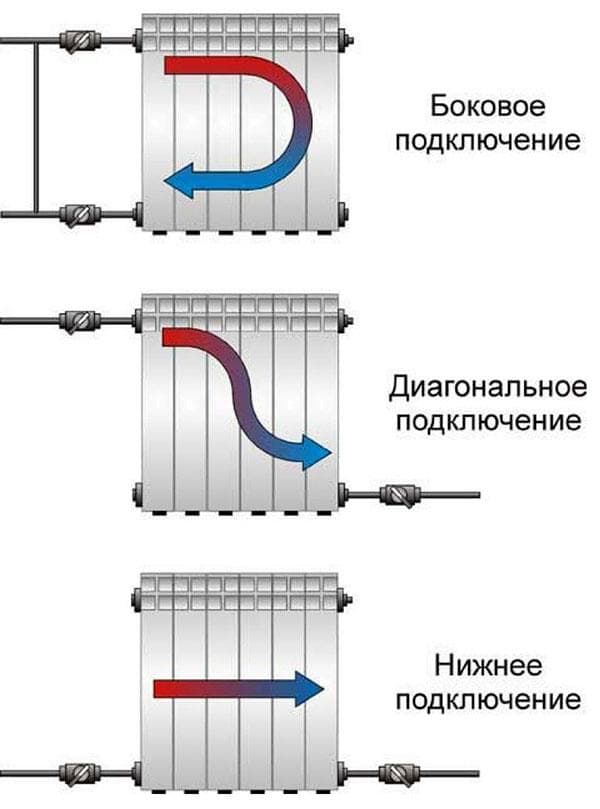
What if we don’t have such a service? If our batteries are configured so that the heat depends on the supply ter in the city.